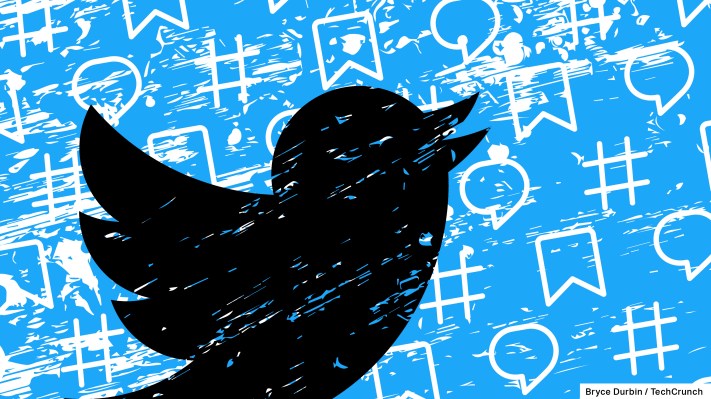After last month’s expansion of Twitter’s crowdsourced fact-checking program known as Birdwatch, Twitter announced this morning the notes fact-checkers leave on tweets will now be visible to all U.S. users. That doesn’t mean everyone in the U.S. will be able to participate in Birdwatch, however. The service had around 15,000 contributors during its pilot testing phase, and was planning to add around 1,000 more per week, Twitter said in September. If Twitter stayed on track with that goal, it would have grown to around 19,000 contributors as of this week.
The idea with Birdwatch is to add a layer of fact-checking and context to tweets that don’t necessarily violate Twitter’s rules. Instead, it can wade into gray areas to address misinformation across a range of topics beyond politics and science to also clarify, correct or add more information to tweets in areas like health, sports, entertainment and other random curiosities that pop up on the internet — like whether or not someone just tweeted a photo of a bat the size of a human, Twitter had recently explained.
A key aspect as to how this system works is Birdwatch’s bridging algorithm. This is different from typical social media algorithms that rate higher or approve based on whether or not there’s a majority consensus or those that rank content higher when it reaches a certain level of engagement. Instead, Birdwatch’s algorithm looks to find consensus across groups where there are differing points of view before it highlights the crowdsourced fact-checks to other Twitter users.
To become a Birdwatch contributor, users must first prove they’re capable of writing helpful notes — the annotations on tweets that provide further context. To determine this, Twitter assigns each potential contributor a “rating impact” score. This score begins at zero and must reach a “5” for a person to become a Birdwatch contributor — a metric that’s likely achievable after a week’s work. (The score itself can grow well beyond 5 over time). Users gain points by rating Birdwatch notes that enable the note to earn the status of “Helpful” or “Not Helpful.” They lose points when their rating ends up in contrast with the note’s final status.
Once the user unlocks the ability to write their own Birdwatch notes, they can begin adding contributions and fact-checks. But the quality of their work could lead them to lose their contributor status once again, Twitter said. In other words, someone couldn’t game their way into the system by playing by the rules, then use their contributor status to amplify or spread misinformation — they would be kicked out and would have to prove themselves again to ever rejoin.
The timing of Birdwatch’s U.S. expansion is notable, given the upcoming midterm elections. But it’s also arriving as Twitter’s potential acquirer, Elon Musk, now seems to want to go through with the deal. (Or at least stop the courts from reading more of his texts!) Musk’s ownership, of course, brings questions as to whether projects like Birdwatch will continue, given Musk’s desire to make Twitter more of a “free speech” platform. It’s unclear if he will think that means reducing Twitter’s own content moderation capabilities or if he would want to also suppress a crowdsourced fact-checking system like this, as well.
In announcing the news this morning, Twitter’s Birdwatch account noted that, during trials, Birdwatch notes have been found helpful by a wide range of people, were deemed informative independent of users’ political affiliation and informed people’s sharing behavior, as people who saw a note choose to “like” or retweet the tweet 15-35% less, on average.
In a blog post, Twitter also noted that according to the results of four surveys run between August 2021 and August 2022, “a person who sees a Birdwatch note is, on average, 20-40% less likely to agree with the substance of a potentially misleading Tweet than someone who sees the Tweet alone.” The surveys ranged in size from 3,000 to more than 19,000 participants, Twitter added, and the results remained consistent.
Twitter says U.S. users will begin seeing notes occasionally in their Twitter feeds, starting today. But they will not appear all the time, as notes only show up when they’ve earned a status of “Helpful,” the company notes.
